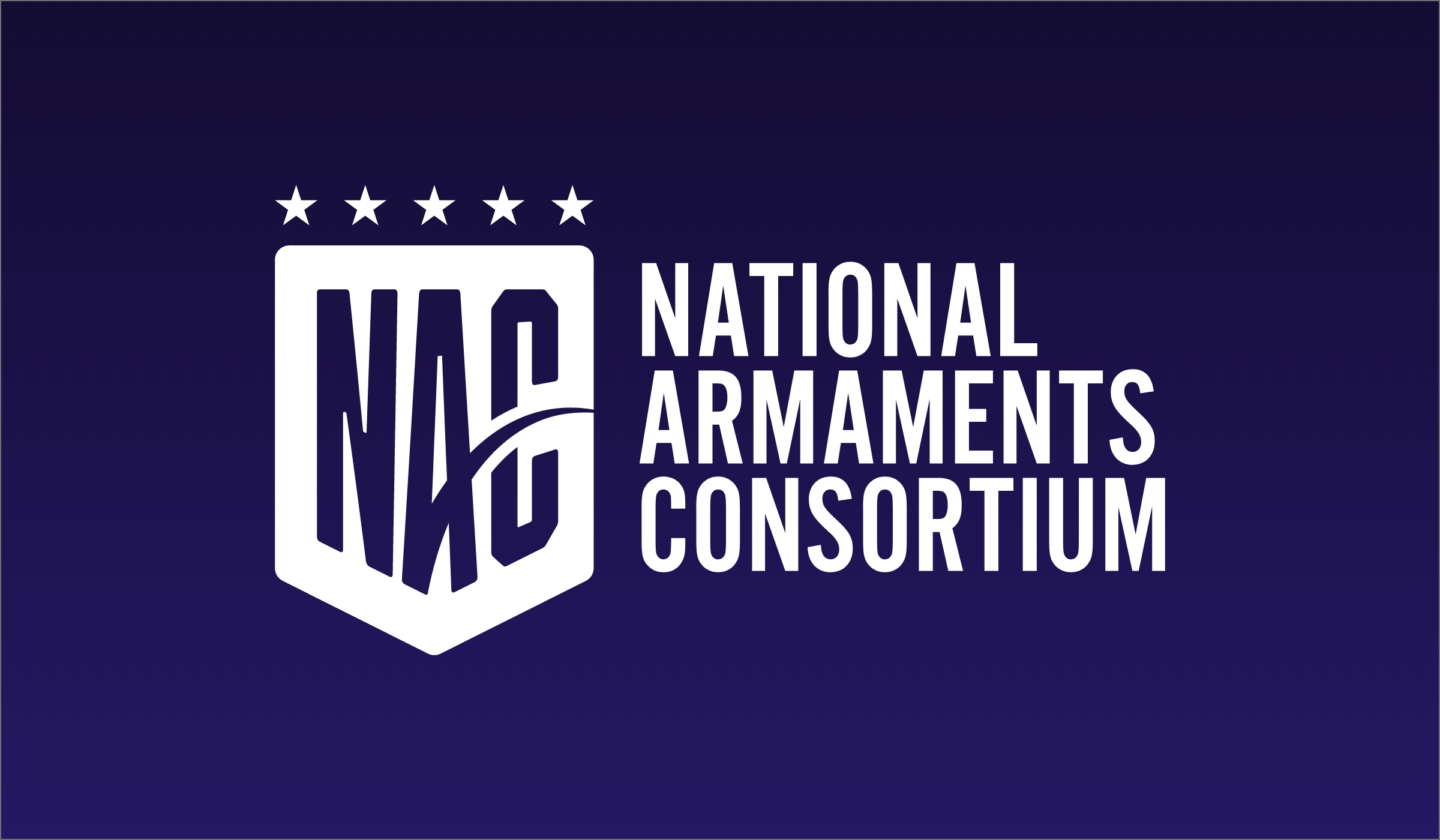
U.S. Navy and Industrial Base Will Collaborate to Deliver Prototype Production Techniques and Manufacturing Technologies to Support Domestic Production of the Next Generation of Critical Chemicals and Energetic Materials
Indian Head, MD – Naval Surface Warfare Center Indian Head Division (NSWC IHD), the National Armaments Consortium (NAC), and ACMI Federal today announced a new Cooperative Research and Development Agreement (CRADA) to develop prototype techniques and technologies to domestically process and manufacture critical chemicals and components in support of the U.S. Navy and the Department of Defense (DoD).
The CRADA enables NSWC IHD’s world-class team of scientists, engineers, and experts to partner with the NAC’s 1,100+ member organizations and ACMI Federal to develop and execute novel small-scale pilot processing techniques focused on critical chemicals and solid propulsion technologies. The collaborative effort will help meet the growing need for additional baseline, precursor chemicals, and energetic materials for ordnance production within the United States and establish a stronger, more resilient supply chain for the DoD.
“One of the United States’ most critical national security challenges is to produce more energetic materials here at home,” said Ashley Johnson, Technical Director of NSWC IHD. “Innovative chemical processing and energetics manufacturing capabilities are required to make that a reality. We will continue to partner with industry to develop these technologies to bolster our supply chains and strengthen our national security.”
“The United States needs a more resilient supply chain to produce new energetic materials, processes, and technologies. Our reliance on competing nations for the ingredients we need to make explosives is unsustainable,” said NAC Executive Director Charlie Zisette. “Government and industry must work together to develop more capability here at home, and we look forward to doing our part to support the Navy and broader DoD to achieve that mission.”
“Public-private partnerships between the DoD and the industrial base are the most effective way to kickstart development and prepare to scale these technologies,” said John Burer, founder of ACMI. “We are proud to work with NSWC IHD and the NAC to prototype innovative, scalable energetics capabilities as we develop the state-of-the-art facilities needed to scale these efforts into production in support of the DoD and the industrial base.”
NSWC IHD is the Navy’s premier organization for ordnance, energetics, and explosive ordnance disposal (EOD) solutions. Its workforce provides energetics R&D, manufacturing technology, engineering, testing, manufacturing, and fleet support. Energetics are used in propulsion systems and ordnance and include explosives, propellants, pyrotechnics, reactive materials, related chemicals, and fuels.
The NAC and its 1,100+ member organizations will deliver critically important technical know-how in manufacturing critical energetic materials, their precursors, and how to incorporate them into the armaments, ammunition, and weapons systems utilized by the American warfighter. Importantly, nearly 85 percent of the NAC’s members are non-traditional defense contractors and 70 percent are small businesses, resulting in an expanded pool of innovative engineers, technologists, scientists, and subject matter experts delivering solutions to the DoD.
ACMI brings a new, innovative approach to hardware development and scaling to support rebuilding the American Industrial Base. Additionally, the company is developing industrial projects around the country to deliver agile and flexible manufacturing capabilities to drive innovation, scale production, and support a more secure domestic supply chain.
The new CRADA is the latest in a successful partnership between the NAC and NSWC IHD.
In 2021, NSWC IHD and Advanced Technology International (ATI), in partnership with the NAC, signed an Other Transaction Agreement to establish the Naval Energetics Systems and Technology (NEST) Program to address the most significant energetics-related challenges facing the Navy and Marine Corps. The ongoing effort is critical in enabling the Navy, Marine Corps, and the entire Department of Defense to address current and future threats in the surface, subsurface, air, ground, littoral, and expeditionary environments.
The CRADA is effective immediately.
About Naval Surface Warfare Center Indian Head Division
NSWC IHD — a field activity of NAVSEA and part of the Navy’s Science and Engineering Establishment — is the leader in ordnance, energetics, and EOD solutions. The Division focuses on energetics research, development, testing, evaluation, in-service support, manufacturing, and disposal; and provides warfighters solutions to detect, locate, access, identify, render safe, recover, exploit and dispose of explosive ordnance threats.
About the National Armaments Consortium
The National Armaments Consortium (NAC) is the largest collaborative organization working with the DOD to develop armaments and energetics technologies in support of our Nation’s security.
The NAC’s focus: transitioning technology to the warfighter fast; promoting innovation; recruiting a community of world-class technologists; encouraging collaboration with government, industry, and academia; removing barriers; promoting nontraditional defense contractor contributions and participation; promoting and enabling the industrial base; supporting the nation’s equities in RD&A, OTA, and future capabilities. For more information about NAC, please visit www.nacconsortium.org.
About ACMI
The American Center for Manufacturing Innovation (ACMI) is committed to revitalizing the United States’ industrial base through strategic investments in emerging businesses in critical sectors. ACMI’s approach, through its affiliates ACMI Federal, ACMI Capital, and ACMI Properties, aims to consolidate funding, resources, and expertise to close gaps in the US industrial base, enhance supply chain resiliency, and accelerate innovation.




